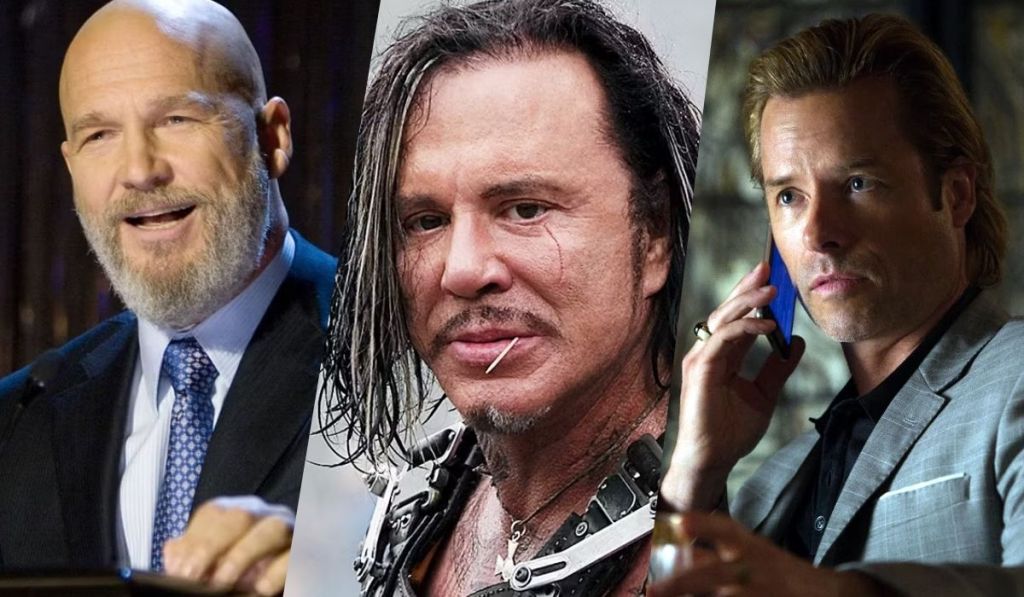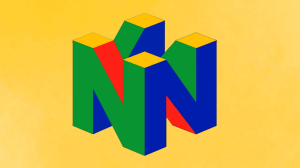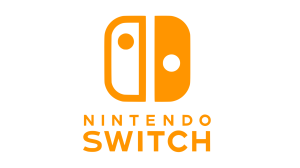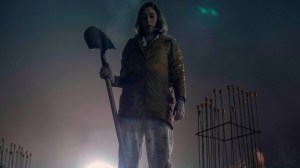When we think of the villains in the Iron Man movies, names like Obadiah Stane, Ivan Vanko, and Aldrich Killian naturally come to mind. Each of them represents a direct threat to Tony Stark. But if you look a little closer, you’ll notice a somewhat uncomfortable truth that’s been clear all along (and even more evident in Captain America: Civil War): the real villain in all three Iron Man movies might just be Tony himself. Ever stopped to think about that? The character’s distinct personality and way of thinking that are the real catalysts here, driving every conflict in his story.
Videos by ComicBook.com
Yes, Tony is the official hero. He’s the one who saves the day, who sacrifices his personal comfort (and eventually his life) to protect others. But that doesn’t change the fact that, over and over again, his own arrogant, impulsive, and reckless actions are responsible for creating the enemies he must fight. The story of Iron Man is, in many ways, an endless loop of problems he creates and then tries to fix – which, while it fits the structure of the Hero’s Journey in the best way possible, also reveals a big contradiction: how different is Tony really from the villains he faces?

From the first movie, we see him as a complex character, driven as much by his genius as by his vanity. In Iron Man, it’s Stark Industries’ arms business – which Tony carelessly allowed to fall into the wrong hands – that finances terrorists and fuels wars. Obadiah Stane, his right-hand man, exploits this vulnerability to plot against him. But honestly, if Tony hadn’t spent years getting rich without thinking about the consequences of what he was creating, Stane might not have had the opportunity.
In Iron Man 2, the pattern repeats. Ivan Vanko – Whiplash – has a personal grudge against Tony. His father, Anton Vanko, worked with Howard Stark on creating the arc reactor. After being betrayed and deported, Anton and his family lived in poverty and bitterness, while the Starks continued to thrive. Tony dismisses the threat Vanko poses, which only fuels the hatred. Once again, a villain is born from Tony’s arrogance and neglect.
[RELATED – 10 Iron Man Movie Mistakes You’ll Never Be Able to Unsee]
In Iron Man 3, this dynamic deepens. Aldrich Killian is introduced as a shy, rejected scientist who, on New Year’s Eve, tries to pitch Tony a revolutionary project. Tony, drunk and uninterested, humiliates him. Years later, Killian comes back, now a powerful businessman leading a conspiracy that threatens the U.S. Once again, resentment arises directly from Tony’s lack of empathy and arrogance.

And if you think about it further, like with Avengers: Age of Ultron, the situation gets worse – no wonder Wanda and Pietro Maximoff hated Tony, considering their parents were killed by Stark Industries’ weapons. Here, Tony’s tendency to create his own monsters escalates. He takes his scientific arrogance to a whole new level by attempting to create (with Bruce’s help) an AI to protect the world. But the Ultron project spirals out of control, creating a hostile intelligence that threatens humanity. Of course, Tony justifies his actions by saying he was trying to stop future threats, but once again, his failure to fully consider the consequences results in something far worse than the problem he was trying to avoid.
In the name of protecting the world, Tony ends up becoming its greatest threat. He even calls himself out on it in Iron Man 3, saying, “We create our own demons.” That line, said almost casually, is a powerful admission about the cycle that defines his story. However, even after realizing it, Tony rarely breaks that cycle. Instead of addressing his flaws in a meaningful way, he constantly seeks quick, grandiose solutions, driven more by a desire to manage the damage he’s caused than by a real willingness to change.
This doesn’t mean he is a villain in the traditional sense. Unlike Obadiah, Vanko, or Killian, Tony’s not out to destroy or dominate for the sake of evil. But he does represent a much more realistic form of danger – the kind that comes from irresponsibility, arrogance, and selfishness disguised as good intentions.

On the other hand, that complexity is what makes Tony Stark so fascinating (and so frustrating). He’s the modern antihero: the guy who saves the day but also creates most of the problems he has to fix. His confidence, his charm, his troubled genius persona – all of it draws people in. And at the same time, his flaws are so human that viewers can’t help but connect. Tony embodies what it means to try to do the right thing in an imperfect world, and that makes him both relatable and tragic.
In the end, maybe that’s Tony’s greatest legacy in the MCU: showing us that the worst threats we face don’t always come from monsters in metal suits or ticking time bombs. Sometimes, the most dangerous things are human flaws – pride, vanity, fear – that can destroy everything we’re trying to build. Thinking about it from this perspective, it’s not hard to see why some theories even draw parallels between him and Doctor Doom now, right?
At the end of the day, Tony Stark is undoubtedly the hero who saves the world. But he’s also the man who, time and time again, puts it at risk. Ultimately, Iron Man’s greatest enemy has always been on the inside – wearing a tailored suit, holding a glass of whiskey, and thinking he has all the answers.








